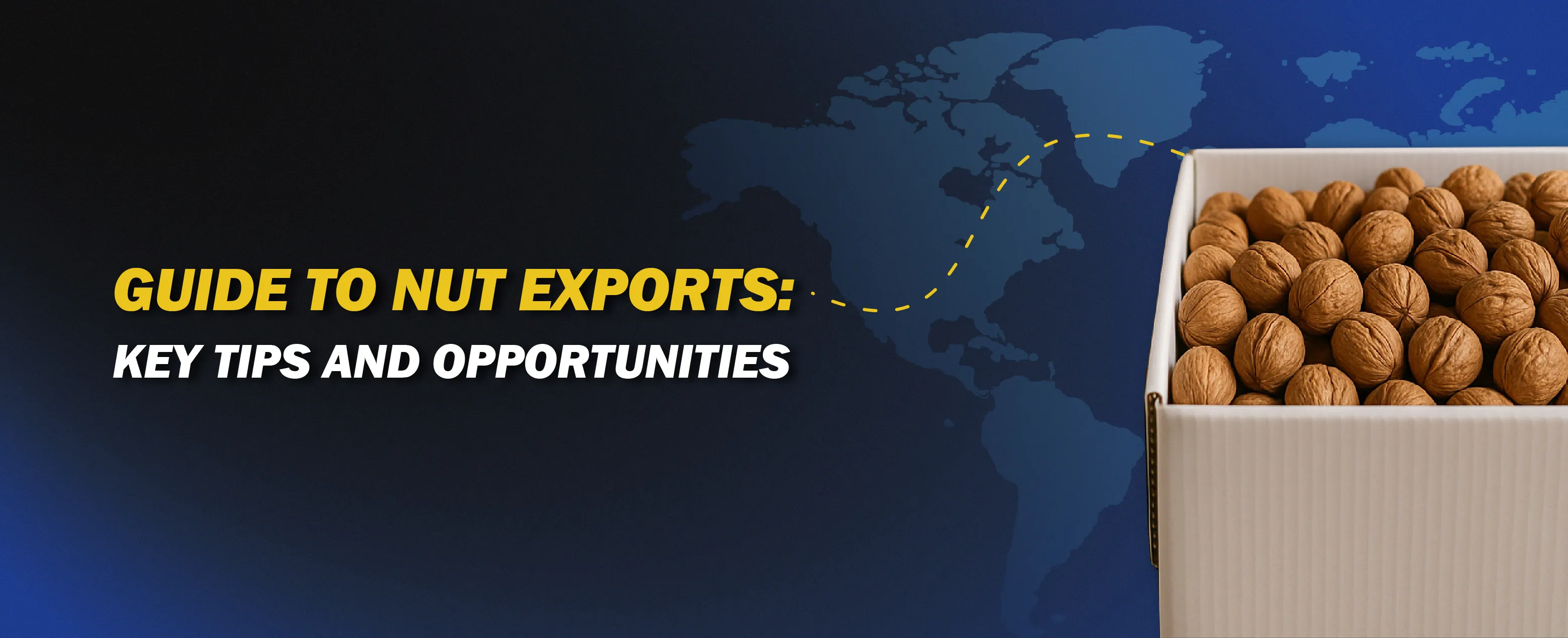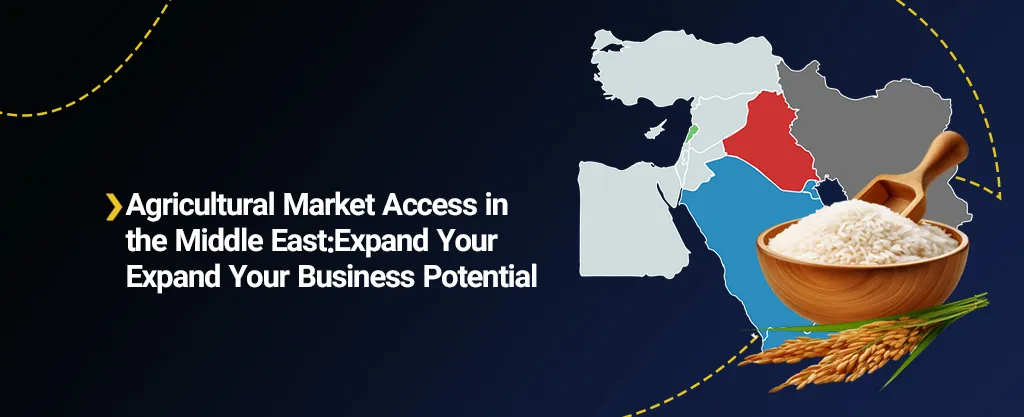Walnuts are exported worldwide. Some nations are more efficient at producing and exporting them than others. The following is a review of the top countries exporting walnuts, detailing the volume of their exports and the quality of their produce.
Global Walnut Export Leaders: Key Players and Their Impact on the Market
Walnuts are one of the most widely traded tree nuts in the world, being coveted for their nutritional value as well as versatile uses in cuisine. The world walnut market has experienced tremendous growth, with the United States, China, and Chile being the dominant producers and exporters. In this article, we explore the leading walnut-exporting nations, their volumes of export, quality grades, and the distinguishing factors that make them stand out:
1. United States
The United States is the world's largest exporter of walnuts, and California is the principal source. The U.S. exported nearly 77 million kilograms of in-shell walnuts valued at over $300 million in 2023. American walnuts are sought after for their medium to large size, light color, and mild taste, which are in high overseas demand.
2. China
China is not just a major producer but also an exporter of walnuts. China's in-shell walnut exports in 2023 were around 151 million kilograms valued at about $276 million. Chinese walnuts are in abundance, but they have a thicker shell and more robust flavor than American ones.
3. Chile
Chile has emerged as a significant player in the walnut export market. In 2023, Chilean walnut exports were valued at around $247 million. Chilean walnuts are appreciated for their light color and high-quality kernels, benefiting from the country's favorable climate and modern agricultural practices.
4. Mexico
Mexico's walnut industry has seen tremendous expansion, and its exports have amounted to around $575 million in 2023. Mexican walnuts are of strong flavor and are finding their way into more foreign markets.
5. France
France is also known to produce high-quality walnuts, especially in areas such as Grenoble and Périgord. French exports of walnuts in shell totaled around 24 million kilograms in 2023, worth more than $58 million. French walnuts are prized for their subtle taste and are frequently utilized in haute cuisine.
6. Turkey
Turkey shipped some 27 million kilograms of walnuts in shells in 2023, worth nearly $43 million. Turkish walnuts are distinct with their unique flavor and have a strong foothold in the Middle Eastern market.
7. Ukraine
Despite obstacles, Ukraine remains a significant exporter with exports of walnuts totaling around $76.8 million in 2023. Ukrainian walnuts are in demand because they are of high quality and at good prices.
8. Germany
Germany, although mostly an importer, also adds to the export business of walnuts, with exports totaling about $120.6 million in 2023. The quality standard of German walnuts is reputed to be consistently high.
9. Netherlands
The Netherlands exported walnuts valued at approximately $50.3 million in 2023. Dutch exporters prioritize high standards of quality and logistical efficiency, delivering on time to markets worldwide.
10. Moldova
Moldova exported walnuts worth approximately $39.5 million in 2023. Moldovan walnuts are becoming well-known for being of good quality and are becoming more popular on the international market.

Factors Affecting Walnut Export Performance
1. Climatic Conditions
Adverse weather conditions, including frost and drought, impose considerable effects on walnut crops. For example, some areas faced a reduction in production as a result of climatic difficulties.
2. Tariffs and Trade Policy
Export performance is also affected by global trade regulations, import and export taxes, and bilateral agreements between two nations. Nations with favorable trade relations tend to perform better in the international market.
3. Looking Ahead
The global walnut market is expected to continue expanding due to the rising number of health-conscious individuals who prefer plant-based foods. Investment in environmentally friendly farming practices, improved quality, and tapping into new markets will be crucial to the future of walnut exports.
Future for New Walnut Exporters
Emerging walnut exporters are seizing opportunities in a growing global market. This part explores their potential, challenges, and prospects in a competitive industry:
Investing in New Markets
-
Rising Demand to Grow Walnuts
There is an increasing global demand for walnuts because of the increased awareness regarding health benefits and a widening market for plant products. Walnuts are a cash crop for many developing countries. The Eastern European nations, Central Asia, and South America are progressively producing more walnuts to boost their rural economy and export more to other countries.
Investment by the Government and the Private Sector
The new walnut exporters are being assisted by government initiatives, funds for orchard planting, and grants for processing plants. In most instances, foreign banks and private investors are financing large walnut farming and improving projects. This funding is typically applied to high-yielding varieties, improved irrigation systems, and upgraded sorting and packing technology.
Land and Climate Benefits
Some new exporters inherently have a good climate, rich soils, and plenty of land space—a major contribution to increasing walnut production. For example, Georgia, Serbia, Ukraine, and some countries in Africa and Latin America are gaining more competitiveness in the walnut supply chain.

Challenges and Opportunities
Emerging walnut exporters face both challenges and opportunities, from quality control and market competition to exploring new growth areas and diversifying their global presence, such as:
Quality Control and Certification Standards
Among the biggest challenges for first-time exporters is meeting the stringent quality and health standards for such premium markets as the EU, the U.S., and Japan. This means the same color kernels, comparable sizes, harmless levels of pesticide, and acceptable moisture. Adopting traceability mechanisms and securing international certification (e.g., GlobalG.A.P. and HACCP) is imperative for accessing high-value markets.
Building and Improving Systems and Processes
Developing nations usually lack sufficient good systems for managing crops post-harvest. If not dried, stored, graded, and packaged properly, the risk of spoilage and diminished quality increases. Developing an entire value chain—from farm to export terminal—is crucial to remain competitive in the international market.
Global Market Competition
New exporters face enormous competition from major walnut producers like the U.S., China, and Chile. They already control the market with their bulk production, well-developed logistics, and established clientele. New exporters might need to specialize in limited, niche segments—like organic walnuts, sustainably grown walnuts, or regional varieties of walnuts.
Trade Barriers and How to Enter Markets
Developing country exporters frequently encounter trade and tax barriers. Negotiating trade agreements, leveraging alliances with other nations, and becoming a member of international trade associations can assist in overcoming these issues. In addition, participation in global food exhibitions and trade shows allows new exporters to display their offerings and establish confidence with foreign buyers.
-
Grower Collaboration and Capacity Building
Most individual producers in new export countries are not sufficiently big or lack enough resources to service the export demand by themselves. Associations and cooperatives of growers can help to standardize production, enhance bargaining power, and access training in optimum farm practices. Governments and NGOs tend to play a central role in bringing such groups together to work.
Sustainability as a Competitive Advantage Overseas buyers are increasingly concerned about sustainable sourcing today, and so new exporters can stand out by embracing green practices from the very beginning. Practices like regenerative farming, water conservation, and reducing carbon footprints are emerging as differentiating factors in the walnut market. Technology Integration Precision farming, drone monitoring, AI sorting machines, and digital tracking systems are no longer a choice—they are increasingly a requirement in the walnut export business. Early-adopting nations can skip traditional problems and reach world quality more quickly.
-
Long-Term Market Potential
As world consumption of tree nuts increases, especially in Asia-Pacific and Middle Eastern countries, demand for good-quality walnuts at competitive prices will keep on rising. This provides scope for new nations to progressively dominate markets, especially in regions with low exposure to traditional exporters.

Top Walnut Exporters and How Momex Can Help
The international market for walnuts is dominated by a handful of major players with distinctive characteristics for each. America takes the top slot in both quantity and quality, followed closely by China and Chile. The European nations, such as France, and relatively new exporters such as Mexico and Moldova, also have a prominent share.
Being aware of the strengths of every exporting nation can assist buyers in making the right decisions according to their volume and quality requirements. If you are looking to purchase quality walnuts from reliable suppliers, Momex is your ideal partner. With an extensive network of reputable walnut producers from major exporting nations, we enable you to obtain the best in terms of both volume and quality.














